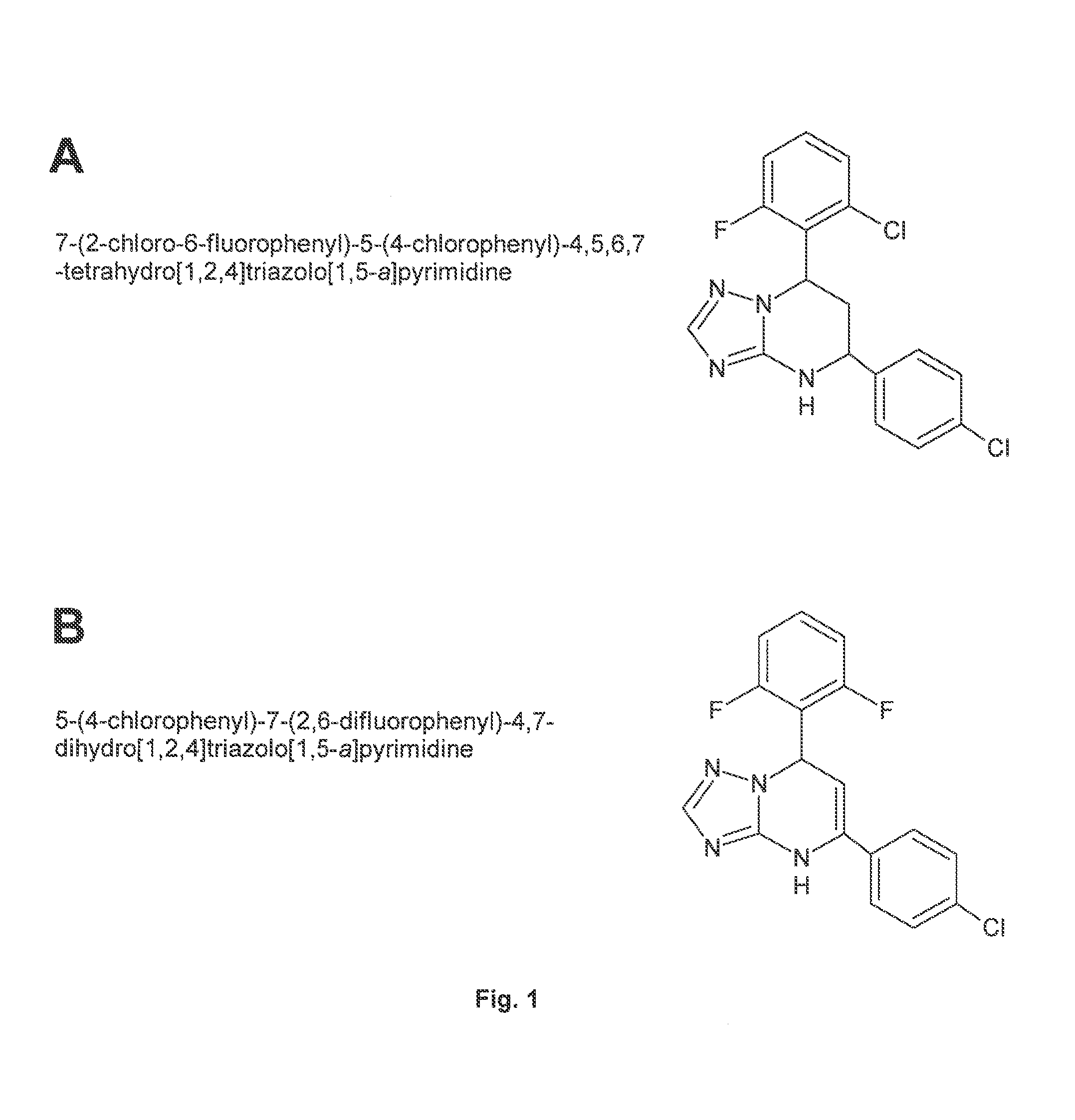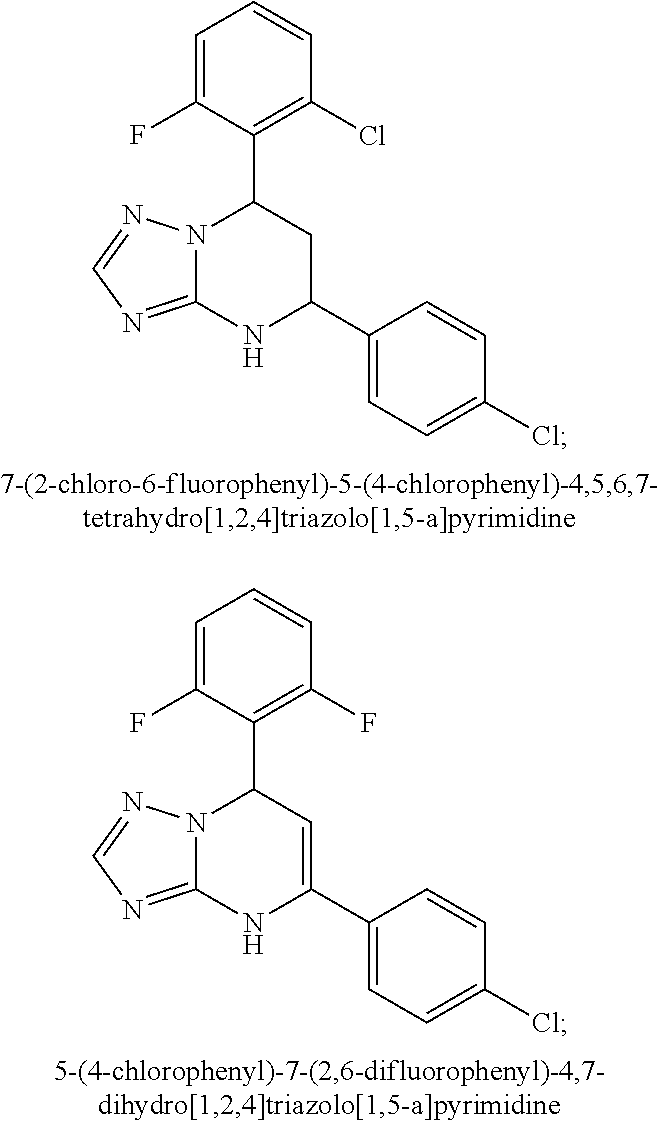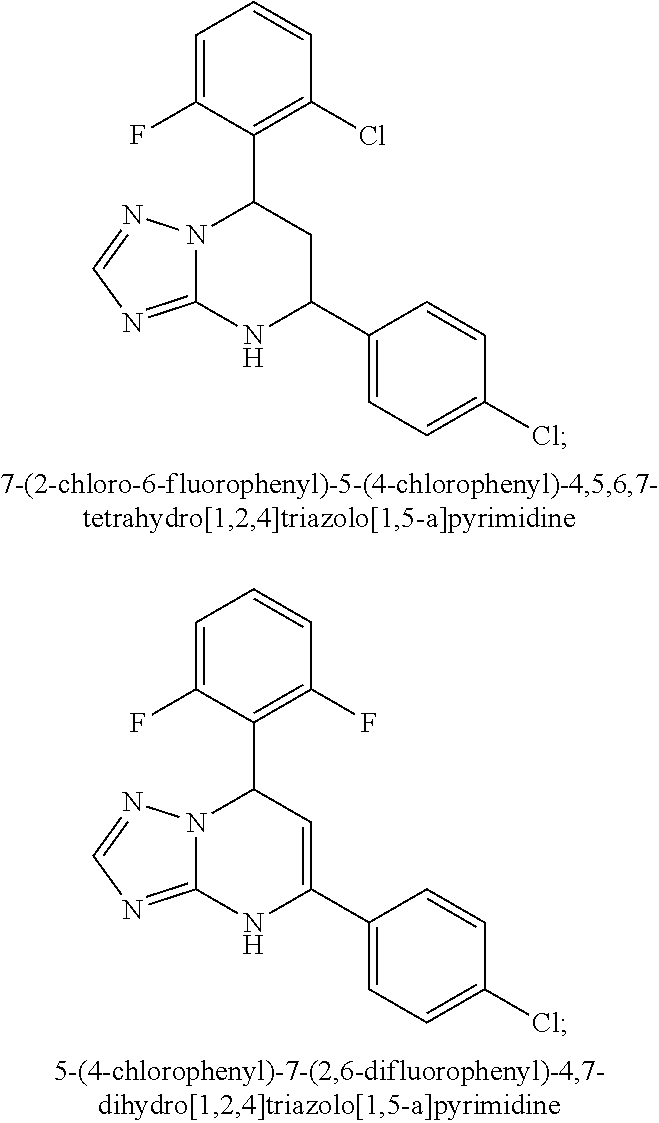Methods for the treatment of hepatitis b and hepatitis d infections
a technology for hepatitis b and d infection, applied in the direction of immunological disorders, drug compositions, peptide/protein ingredients, etc., can solve the problems of increasing the progression rate of liver disease to fulminant hepatitis, unable to elicit a therapeutically effective immune response capable of providing durable control of infection, etc., to inhibit the release of hbv subviral particles and inhibit the release of hepatitis b surface antigen
- Summary
- Abstract
- Description
- Claims
- Application Information
AI Technical Summary
Benefits of technology
Problems solved by technology
Method used
Image
Examples
example i
NAPs Inhibit the Transit of HBsAg Out of Cells
[0271]HBsAg has been shown to block many aspects of the immune response to HBV infection (Cheng et al., 2005, J. Hepatology, 43: 465-471; Moucari et al., Hepatology 49: 1151-1157; Vanlandschoot et al, 2002, J. Gen. Virol. 83: 1281-1289; Woltman et al., 2011, PloS One 6: e15324; Wu et al., 2009, Hepatology 49: 1132-1140 and Xu et al., 2009, Mol. Immunology 46: 2640-2646). Therefore, elimination of circulating HBsAg may be a critical factor in allowing the restoration of immunocompetence in patients with chronic hepatitis B infection. An efficient method for eliminating HBsAg in the circulation is to prevent the formation and or release of subviral particles (SVPs) from infected cells (SVPs are the major carrier of HBsAg to the blood). The morphogenesis and intracellular transit of SVPs can be modeled in vitro in BHK-21 cells by expressing the small form of the HBsAg protein (sHBsAg) which is the form specifically enriched in SVPs. This mo...
example ii
Effect of HBsAg Clearance from the Blood of HBV Infected Patients on Removal of Other HBV Proteins and Immunological Recovery
[0275]Patients chronically infected with HBV were treated with the NAP REP 2055 (also known as REP SAC, SEQ ID NO: 2) to remove HBsAg from their blood. The effect of REP 2055 administration (typically weekly dosing of 400 mg) on HBsAg levels in the blood was monitored using the Abbott Architect™ quantitative HBsAg test and is presented in Table 3.
TABLE 3Effect of treatment with the NAP REP 2055 on blood levelsof HBsAg in patients with chronic HBV infection.PretreatmentEnd of treatmentPatientHBsAg (IU / ml)HBsAg (IU / ml)19340.1421885.40.383384.10.004126465.070.0351581800.006369967.0074672.543.7
[0276]The removal of HBsAg from the blood elicited an immunological recovery as evidenced by the additional reduction of circulating HBeAg (measured in two patients by the Abbott Architect™ quantitative HBeAg test—see Table 4), the appearance of free anti-HBsAg antibodies (a...
example iii
Combination Therapy with a NAP Chelate Complex and Two Different Immunotherapies in the Treatment of Chronic Hepatitis B in Human Patients
[0278]REP 2139-Ca is the calcium chelate complex of the NAP REP 2139 (SEQ ID NO: 10) prepared in normal saline using a ratio of 30 mg of CaCl2 for every 100 mg of oligonucleotide present. The preparation of REP 2139 as a calcium chelate complex is used to improve the tolerability of ON administration (see International application publication no. WO2012 / 021985 and U.S. application publication no. 2012 / 0046348), and does not interfere with its specific antiviral activity. REP 2139-Ca (typically administered with weekly 500 mg doses) clears HBsAg from the blood (and subsequently HBeAg) and HBV virions (HBV DNA) in HBV infected patients in identical fashion to REP 2055 via the same mechanism of action (see Tables 3, 4 and 6 versus 7, 8 and 9 respectively) and therefore also demonstrates that NAPS containing both 2 ribose modifications and modified ba...
PUM
| Property | Measurement | Unit |
|---|---|---|
| length | aaaaa | aaaaa |
| pharmaceutical composition | aaaaa | aaaaa |
| pharmaceutical compositions | aaaaa | aaaaa |
Abstract
Description
Claims
Application Information
 Login to View More
Login to View More - R&D
- Intellectual Property
- Life Sciences
- Materials
- Tech Scout
- Unparalleled Data Quality
- Higher Quality Content
- 60% Fewer Hallucinations
Browse by: Latest US Patents, China's latest patents, Technical Efficacy Thesaurus, Application Domain, Technology Topic, Popular Technical Reports.
© 2025 PatSnap. All rights reserved.Legal|Privacy policy|Modern Slavery Act Transparency Statement|Sitemap|About US| Contact US: help@patsnap.com



